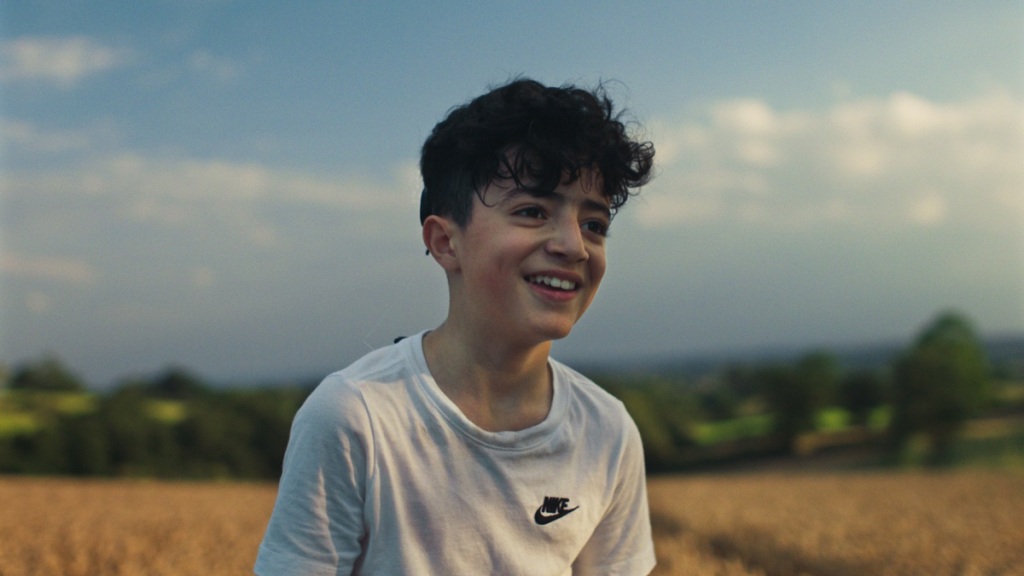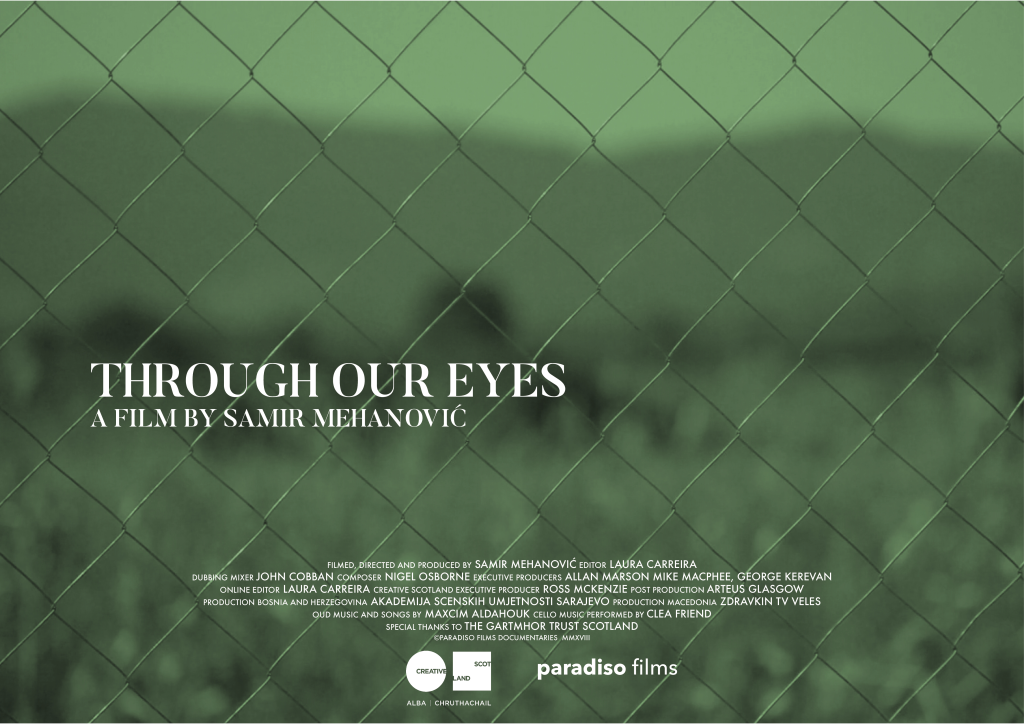Christmas was not far off. We knew that the date so close to the holidays, when everyone was busy on last shopping trips, was not ideal for scheduling a workshop on “Transnational Biographies”. This second meeting, which was part of a series of public outreach events, ‘Linking Northern Communities’, followed a successful roundtable in Aberdeen, a month earlier (see the GramNet blog of 4 December 2014 ). In the localities of the funding body, the Scottish Universities Insight Institute, based on Strathclyde University’s campus in the Collins Building at 22 Richmond Street, Glasgow, an interested audience gathered after all: small enough to get to know each other during the following two hours of presentations, conversation and discussion, and still large enough to bring together a wealth of experience and differing views. Biographical and family stories took us from sixteenth-century Cracow, via seventeenth-century Slovenia, Bohemia and Croatia and early modern Aberdeenshire, to mid-twentieth-century Clydebank, contemporary Lithuania, Russia and back again to Scotland today. Almost everyone in this round of story-tellers and listeners embraced multiple identities themselves, often with a background of being born abroad, with an ancestry in another country, having made a journey to a new existence and having crossed political, national, linguistic and religious borders. The decision to stay and start belonging to something that was ‘foreign’ before is ‘transnational biography’ in the making.
As during the roundtable in Aberdeen, a photographic exhibition created the visual backdrop of the workshop: Blażej Marczak’s ten images of ‘The Neighbours’, a series of portraits of individuals or family groups of migrants to Scotland, in his words, serves to “remind ourselves of the significance of the cultural mosaic we are living in.” The idea for this outreach event was to explore the long-term impact of history on individual identity-formation. When one’s memory of origin melts into the experience of a new environment, it can cause conflicting identities and heightened consciousness of one’s own heritage. These were some of the initial questions for discussion: How and when does multi-culturalism become second nature and part of someone’s biography and inherent identity? Moreover, at which point does someone stop being a migrant, but still be unable, however, to become a ‘native’ of their new home? What role does historical memory and tradition play in the construction of the new self? And to what extent is acceptance into the new ‘other’ nation or community a necessary precondition for the successful creation of a ‘transnational’ existence?

Prof. Waldemar Kowalski from the Jan Kochanowski University at Kielce in Poland began this series of presentations on transnational biographies by reminding us of a significant historical wave of migration, one that had considerable impact on Scottish and Polish landed and urban society in the sixteenth century: the large-scale movement of Scots – usually younger sons without hope of inheritance – to the Polish-Lithuanian Commonwealth. The claim by the traveller William Lithgow that “thirty thousand Scots families” were living in Poland in the early 1700s was not far off the mark, as examples of Scots with successful (and less successful) careers in what then was Europe’s largest state abound. While the speaker focused on the fate of the Cracow Scots, whose Kirk (the Brog) in 1572 was destroyed in the city by Jesuit pupils in an increasingly pressurised anti-protestant atmosphere, families of Scottish extraction, such as the Chalmers and Kalajs continued to be part of Cracovian urban politics and economy, through kinship, in guilds and religious congregations. Better known in his homeland than these Cracovian families, not least through the recent publication of his personal diaries, is Patrick Gordon of Auchleuchries (1635-1699), who, like the majority of Scots in Poland, was native to Scotland’s North-East. Not all Scots, however, gained either his fame or good reputation, and in times of war their loyalty to the Polish king and kingdom was not always beyond doubt or reproach.
Dr David Worthington (University of the Highlands and Islands) continued the theme by examining the fate of the Catholic Scottish Leslie family in Slovenia, Bohemia and Croatia, whose most famous member, Count Walter (1607-67), Imperial Field Marshal, was one of the plotters who in 1634 assassinated the Thirty Year’s most famous military leader, Albrecht of Wallenstein. Intermarried with Europe’s aristocracy, multi-lingual and multi-ethnic, the Leslies prospered in Habsburg service as citizens of the Baroque era, owners of multiple properties and a life of luxury. The degree of their assimilation to European aristocratic culture can hardly be overestimated, which makes them a rare exception among the majority of lower noble, commercial and mercenary migrants from Scotland at the time. Even more intriguing is it therefore to find out to what extent they retained any identification with their land of origin which they still cultivated through diplomatic embassies.

Blazej Marczak ‘The Neighbours’ (source: http://bmarczak.com/)
Another heritage link between Poland and Scotland was the topic of Prof. Andrew Blaikie from the University of Aberdeen. His interest in the photo journalism of the Picture Post (published 1938-1957) led him also to fascinating film footage from the Imperial War museum which he shared with the audience: the film Strangers of 1942, sponsored by the Polish Ministry of Information, sympathetically showed Polish soldiers fighting against the Germans alongside the British in 1942, guarding Scotland’s beaches and engaged in harvest work, swapping traditional dances at local ceilidhs and chatting up local women. The large numbers of Polish soldiers remaining in Britain after the war to avoid returning to the Soviet occupation of their homeland raised important questions: many got married to local girls in Edinburgh and Clydebank, yet cultivated their identity and history, reflected in numerous Polish servicemen clubs. 22,000 Poles decided to stay in Scotland after 945. The Picture Post captured many human interest stories among this group. Their children had British passports but continued to identify with being at least partly Polish. It is this second generation that transcended a once clearly defined national identity, so strong among the pre-war Poles, who had only regained independent statehood in 1918, after almost 200 years of their country under the partitioning powers. The cold war made their integration a necessity, a fact that is stressed by the 1950s captions on Picture Post photographs – captions which often differed in meaning from what people expressed in interviews at the time. Transnational identities thus served political purposes, as mirrored in Picture Post journalism.
Vitalija Stepušaitytė (Heriot Watt University, Edinburgh), in contrast, stressed the biographical in a lyrical contemplation of the life of a mother, who after 30 years of a finally broken marriage leaves her native Lithuania for Scotland, where she comes to work and creates a new home away from home. The speaker reminded her audience of the fact that ‘transnational’ was an adjective among many others, describing the transient nature of an ever changing life situation, wide open to interpretation. The slow cessation of parcels and presents exchanged between Scotland and Lithuania served as a metaphor for the growing integration in the new environment. Not only did this very intimate view of integration detail how transition into a new biography away from home was possible despite many obstacles (bad housing, hard work, times of solitude, etc.), but it also showed the changes by which such a process changes the meaning of home itself, introducing an alienation from the past and from one’s earlier identities.

Finally, Nicolas Le Bigre, from the Elphinstone Institute at the University of Aberdeen, introduced the audience to research on immigrant-experience narratives, and the creation of dynamic concepts of home(s), whether as memory, place, people, possessions in an alien environment. His interviews with migrants from Japan, Ireland and Russia, played in fascinating extracts to the audience, touched both on matters of external physicality as well as internal mentality when the interviewees are asked to talk about their lives in their new Scottish homes. All of them became ‘expert storytellers of their biographies’, allowing them to anchor their lives through time and space to past, current, and future home(s).
This array of historical, visual, sociological and ethnographic-anthropological approaches to memory and identity is an important dimension for anyone who works on the topic of migration and with migrants. Following transnational biographies, where heritage and tradition often serves as the only stable element to remind a person of his/her former identity, creates an awareness of dilemmas and confusion which some individuals overcome more easily than others after crossing borders into new life situations and cultural contexts. The next step will be to apply this awareness to a wider group of East European migrants (including but also beyond Poland and Lithuania). As a next step we will be looking at the practical implications of their journeys, professionally, practically and in a local context, and try to forge instruments of communication and self-help for those who need it (see Magda Czarnecka’s report on suicide rates among migrants during our first roundtable, see the previous blog), and to produce discussion documents for policy-makers.
The next event – Newcomers and hometowns: Linking local and migrant communities in Scotland (programme available here – will be held on 16 February from 4 pm in the same rooms of the Scottish Universities Insight Institute, Strathclyde Campus, Collins Building, 22 Richmond Street, Glasgow G1 1XQ, Email: info@scottishinsight.ac.uk, Tel: 0141 548 4051/5930. Please register here.



Leave a comment